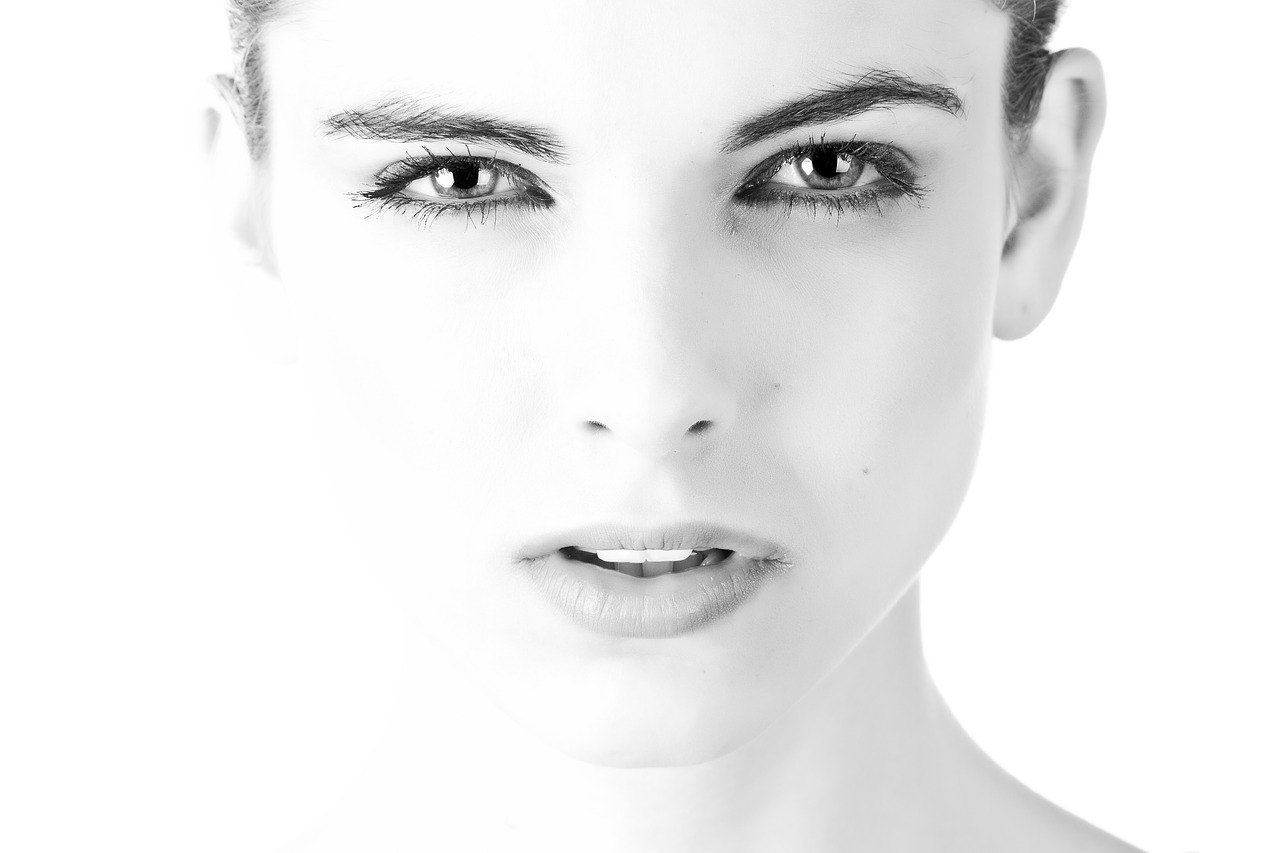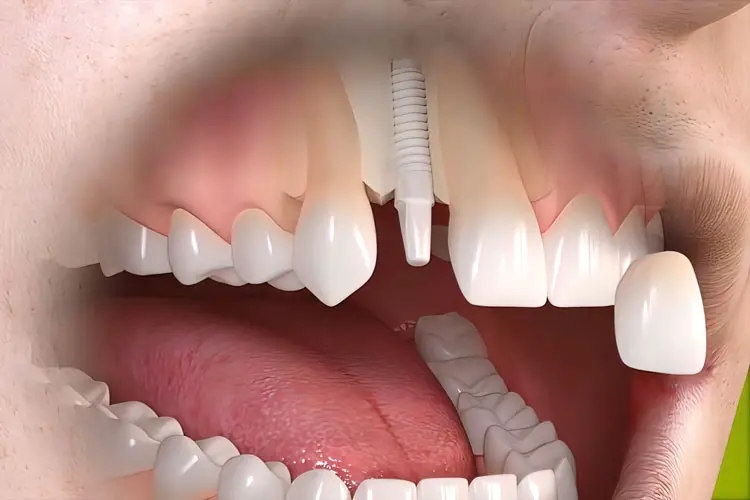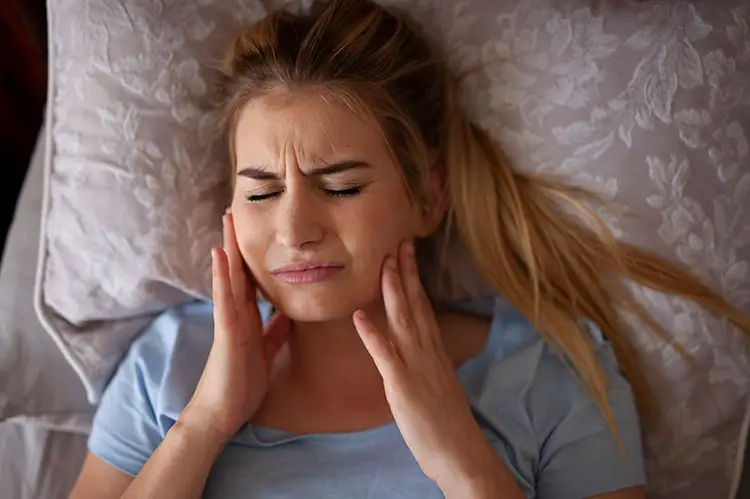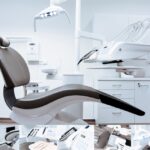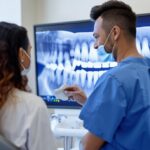Your face is the number one way that people distinguish you from others. It’s what makes you unique.
Plus facial structure affects how others perceive you and whether they view you as being trustworthy or friendly, science writer Jessica Schmerler at Scientific American adds.
And your face can even potentially impact your odds of success or failure in life, David Warmflash, M.D. at Genetic Literacy Project writes, citing that certain facial features are associated with dominance and a higher ranking within group hierarchy.
But what exactly is it that makes your face so distinctive. How does it get its shape?
It turns out there are many different components that contribute to the overall appearance of your face. Let’s now discuss how bones and muscles give your face its shape and how a lot of smaller parts add up to become a collective whole.
The Primary Facial Bones
Babak Jahan-Parwar, M.D. at Medscape explains that there are five primary bones: the mandible, maxilla, frontal, nasal and zygoma. Each has a specific role.
The Mandible
The mandible is the bone that forms the lower jaw and contains the lower teeth, the team at Get Body Smart writes. The left and right halves fuse together to create a horizontal, horseshoe shape.
It’s the mandible that forms the lower part of your face and contributes to your bite. So needless to say it heavily affects your smile aesthetics.
The Maxilla
The maxilla is the bone that forms your upper jaw, Tim Jewell at Healthline writes. It’s a major facial bone and the result of two irregularly shaped bones fusing together in the middle of the skull, below the nose.
Because of its central position, the maxilla is part of other structures within your skull including the upper jawline, lower part of your eye sockets and the lower areas of your sinus and nasal cavities. It combines with the mandible to create your overall smile.
The Frontal Bone
This is the bone that makes up your forehead and is one of the eight bones that forms the cranium, science writer and teacher Tim Taylor explains. It’s also one of the most important bones because it helps support and protect the nervous tissue in your brain.
This is a classified as a flat bone, which is something the Visible Body team says acts like a shield for vital organs such as your brain. From an aesthetics standpoint, it’s the frontal bone that determines the shape of the top of your head.
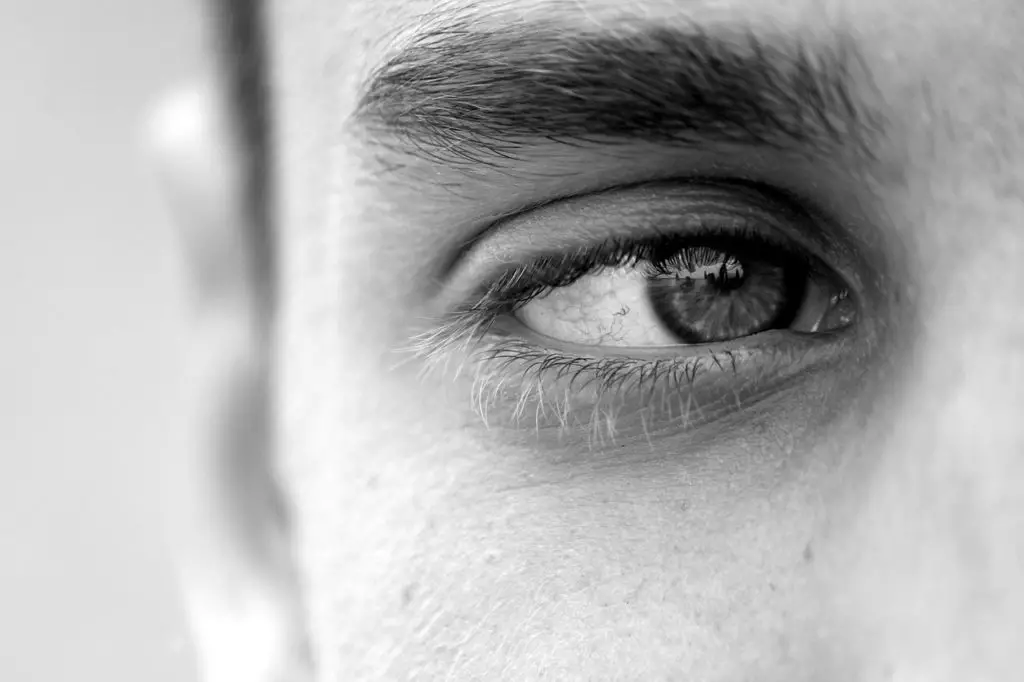
Nasal Bones
As the name implies, nasal bones support your nose. Oliver Jones, MBChB, founder of the TeachMeSeries writes that the nose is quite complicated and formed by three different types of tissue: bone, cartilage, and fibro-fatty.
The nasal bones are located at the very top of your nose at the back of the bridge, while the cartilage is located at the center and bottom. Their formation affects the structure of the middle part of your face.
Zygoma
The zygoma — also known as the zygomatic bone — is what most people know as the cheekbone, Dr. Paul C. Dechow at Texas A&M College of Dentistry. It’s an integral component of the face and plays a key role in facial appearance because it connects the middle and upper sections.
There’s a certain level of subjectivity when deciding whether high or low cheekbones are more attractive, Kathryn Watson at Healthline writes, and that can vary from culture to culture.
Most Facial Bones Come in Twos
What’s interesting is that there are two sets of most facial bones. The majority are arranged in pairs, which is what gives your face its symmetry, the team at TeachPE notes. In fact, the only type of bone mentioned above that isn’t paired is the mandible.
And if you’re at all familiar with the correlation between facial aesthetics and attractiveness, you know that symmetry is a big deal.
“Symmetry is a beautiful thing — especially when it comes to potential partners,” Brenda Poppy at Discover Magazine writes. “Studies have shown that people prefer symmetrical facial features in the opposite sex.”
Science writer Stephanie Pappas says it’s still up in the air as to why people find facial symmetry so attractive. But one theory is that humans naturally like symmetry in all things, from art to natural objects to faces.
The bottom line is that you have two sets of most facial bones, which creates natural symmetry. But anytime there’s a deviation that creates a lack of symmetry, whether through genetic disorders or by trauma, it can result in facial aesthetics that are considered less attractive.
The Primary Facial Muscles
There are twenty different muscles in the face, each of which has its own unique function, Pramod Kerkar, M.D. and CEO of ePainAssist writes. They’re what allow you to move your face in a myriad of ways. Everything from smiling to frowning is largely made possible by your facial muscles.
In fact, humans are capable of making more than 20 distinct facial expressions by using these muscles, Atlantic staff writer Olga Khazan notes.
To simplify things, Kenhub breaks the primary facial muscles into five key areas, which include muscles of the mouth, nose, eyelid, cranium/neck and external ear. They also provide some details on the key muscles that are involved with each area.
Mouth
One of the main muscles is called the orbicularis oris. Health coach Christina Medina at Tune Up Fitness calls this the “pucker muscle” because it’s what brings your lips to life and is the main muscle involved in kissing. Contracting it controls multiple lip actions such as closing, rounding, protruding and narrowing.
Another mouth muscle is the mentalis, which the IvyRose Holistic team notes, is responsible for lower lip movement and can impact your chin position. This is actually the main muscle that contributes to a weak chin and is targeted during facial cosmetic improvements.
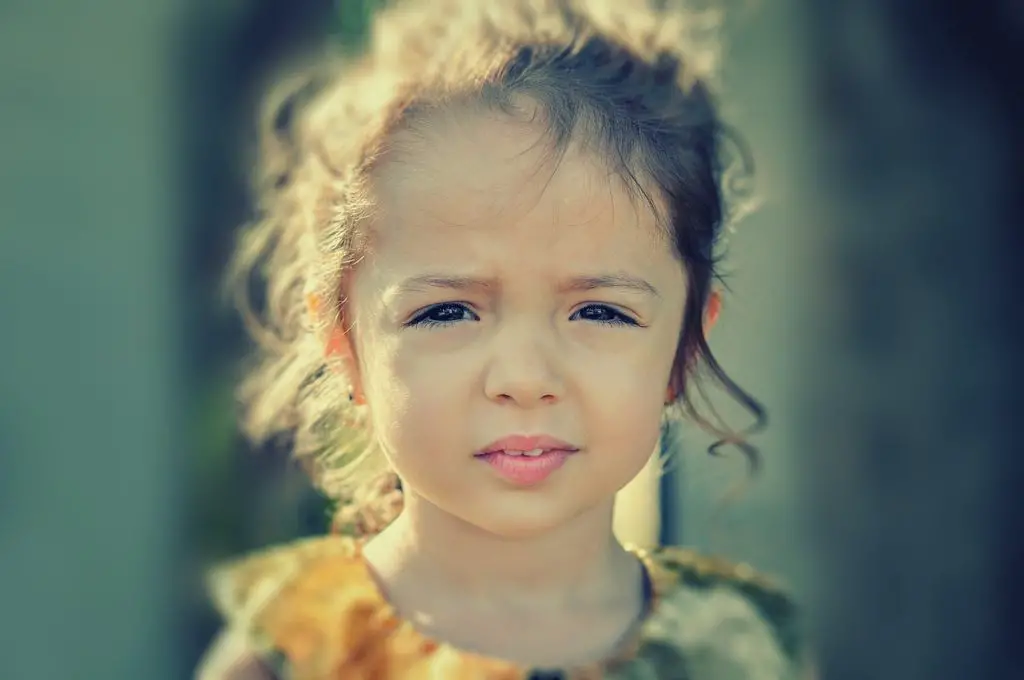
Nose
The nose consists of two muscles — the nasalis and procerus. According to knowledge site Revolvy, the former’s job is to compress the nasal cartilages, which makes the nostrils flare. The latter is a small, pyramid-shaped muscle that covers the nasal bridge. Dr. Kerkar says it’s this muscle that pulls the skin down between the eyebrows when expressing anger.
Eyelid
Researchers John Tong and Steve S. Bhimji explain that the primary muscle of the eyelid is called the orbicularis oculi. It expands and contracts around the eyelids and is involved in actions like winking, closing and the draining of tears.
When it comes to aesthetics, this muscle tends to lose its elasticity with age, which can cause it to sag. Therefore, some people opt to have a rejuvenation procedure, which reduces the signs of sagging for a more youthful appearance.
Cranium/Neck
Massage therapist Tonya Sapiel writes that the epicranius is the main muscle of the cranium and neck. It’s quite large and actually consists of four individual muscles, with two on the forehead and two behind the ears. It’s this muscle that allows you to frown and raise your eyebrows.
The other is the platysma muscle, which healthcare writer Denise Stern explains is located at the front of the neck and under the chin. When this muscle becomes loose and starts to sag, it can lead to what’s known as a turkey neck, which is a drooping chin associated with the aging process. Many people perform exercises or have surgery to resolve this issue.
External Ear
Although they play a far less significant role in the shape of your face, the auricular muscles — the anterior, posterior and superior — should be noted because they are located along the side of your head and descend into your ear. As such, they do contribute to what the side of your head looks like.
Smaller Pieces Create a Larger Whole
When you put it all together, there are roughly 14 bones and 20 muscles that give your face its shape. Even though the facial construction of human beings involves the exact same formula, there is an infinite number of variations.
And it’s these subtle differences in your bones and muscles that make you unique and identifiable from everyone else. In fact, in her piece for National Geographic, science writer Virginia Hughes says no two faces are alike — even those of identical twins.
Images by: Engin Akyurt, Giuliamar, Bess Hamiti

